
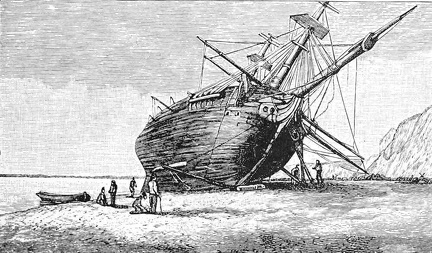 The Beagle Laid Ashore for Repairs at River Santa Cruz, Patagonia
The Beagle Laid Ashore for Repairs at River Santa Cruz, Patagonia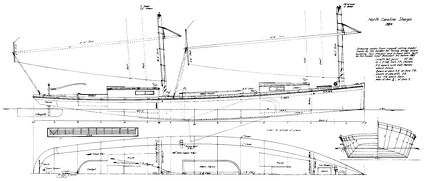 Plan of North Carolina sharpie of the 1880's
Plan of North Carolina sharpie of the 1880's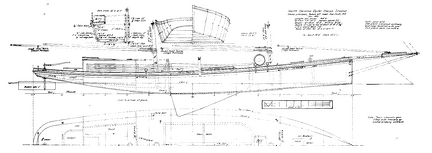 Plan of North Carolina sharpie schooner taken from remains of boat
Plan of North Carolina sharpie schooner taken from remains of boat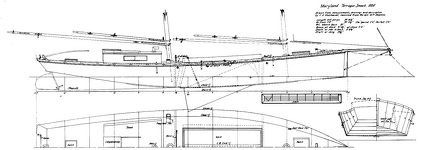 Plan of a Chesapeake Bay terrapin smack
Plan of a Chesapeake Bay terrapin smack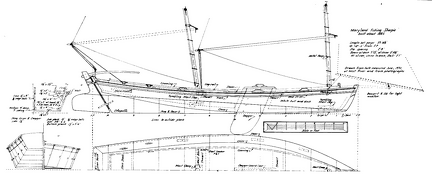 Plan of a large Chesapeake Bay sharpie taken from remains of boat
Plan of a large Chesapeake Bay sharpie taken from remains of boat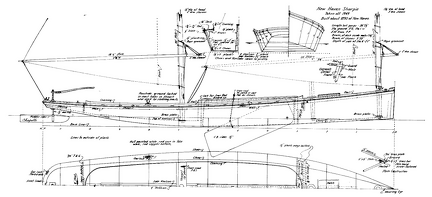 Plan of typical New Haven sharpie showing design and construction characteristics
Plan of typical New Haven sharpie showing design and construction characteristics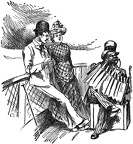 On the Water
On the Water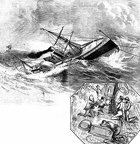 Spanish sailors in a storm
Spanish sailors in a storm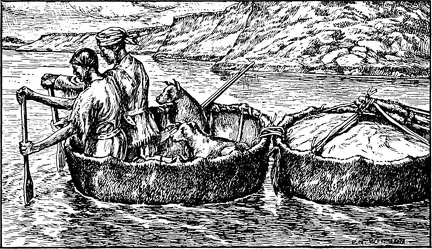 The Hunting Camp
The Hunting Camp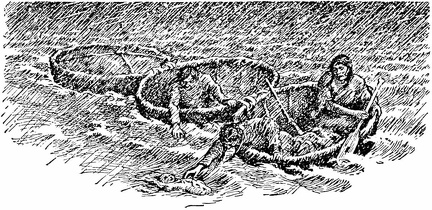 He was crying lustily when my husband drew him out
He was crying lustily when my husband drew him out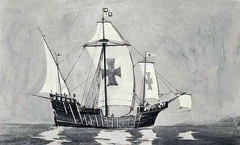 Caravel , 15th Century
Caravel , 15th Century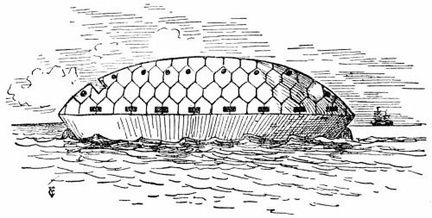 Japanese Ironclad of about 1600 A.D
Japanese Ironclad of about 1600 A.D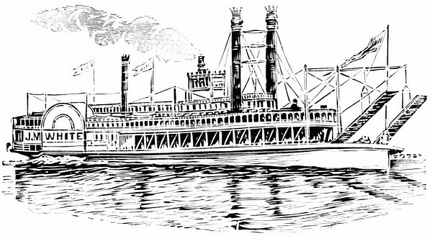 Mississippi steamboat ‘J. M. White,’ 1878
Mississippi steamboat ‘J. M. White,’ 1878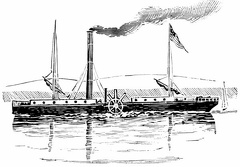 Fulton’s ‘Clermont’ on The Hudson, 1807
Fulton’s ‘Clermont’ on The Hudson, 1807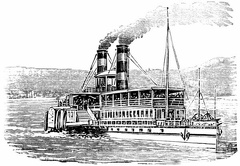 'Wilhelm Kaiser' On The Rhine, 1886
'Wilhelm Kaiser' On The Rhine, 1886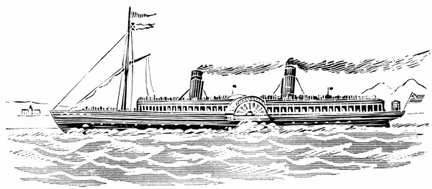 “Columba,” famous Clyde river steamer, 1875
“Columba,” famous Clyde river steamer, 1875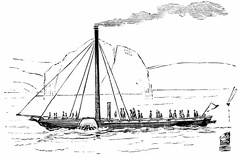 Bell’s ‘Comet,’ off Dumbarton on the Clyde, 1812
Bell’s ‘Comet,’ off Dumbarton on the Clyde, 1812 Symington’s ‘Charlotte Dundas,’ 1802
Symington’s ‘Charlotte Dundas,’ 1802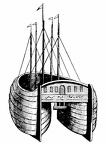 Miller’s twin boat on Loch Dalswinton, 1788
Miller’s twin boat on Loch Dalswinton, 1788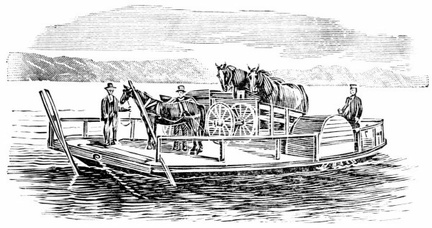 Horse-boat at Empy’s Ferry, Osnabruck, Ontario
Horse-boat at Empy’s Ferry, Osnabruck, Ontario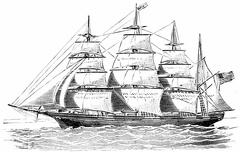 'Great Republic'
'Great Republic'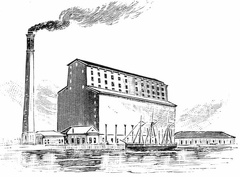 C. P. R. grain elevator at Fort William, Ontario
C. P. R. grain elevator at Fort William, Ontario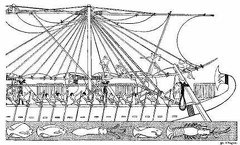 Egyptian Ships in the time of Hatasu
Egyptian Ships in the time of Hatasu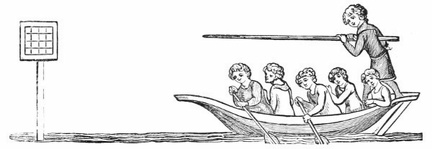 The Water Quintain—XIV. Century
The Water Quintain—XIV. Century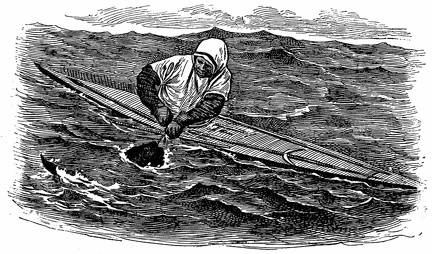 A Greenland Eskimo Fishing
A Greenland Eskimo Fishing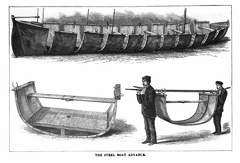 The Steel Boat 'Advance'
The Steel Boat 'Advance'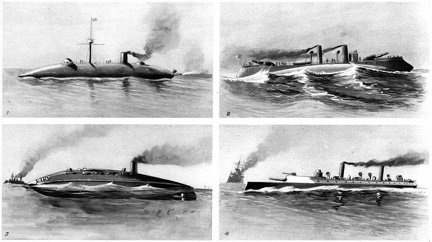 Ships the British navy might have had
Ships the British navy might have had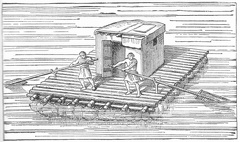 Raft bouyed by inflated skins (modern)
Raft bouyed by inflated skins (modern)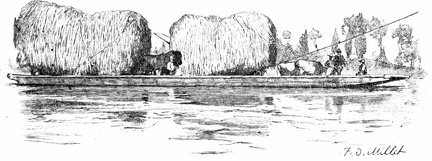 The Ferry
The Ferry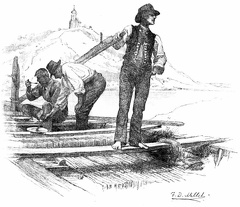 On the Tile-boat
On the Tile-boat Lumber Raft
Lumber Raft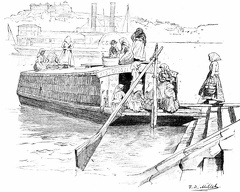 Country Market-boat, Budapest
Country Market-boat, Budapest An Ark-boat
An Ark-boat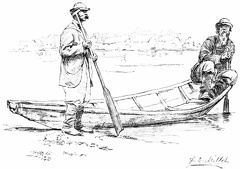 A Hungarian Ferry
A Hungarian Ferry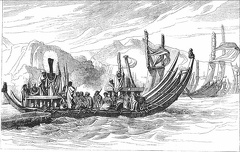 Tahitian fleet off Oparee
Tahitian fleet off Oparee New Zealand war canoe
New Zealand war canoe Boat-Children Ashore
Boat-Children Ashore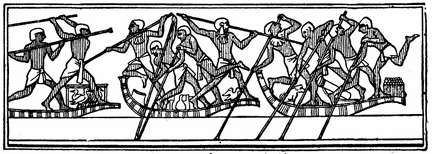 Brawl among Egyptian Boatmen (Pyramid Age)
Brawl among Egyptian Boatmen (Pyramid Age) Boats on Nile about 2500 B.C.
Boats on Nile about 2500 B.C.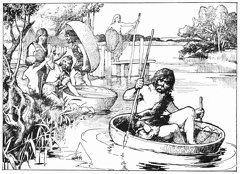 Britons with Coracles
Britons with Coracles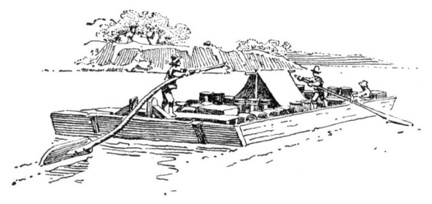 A Flat Boat
A Flat Boat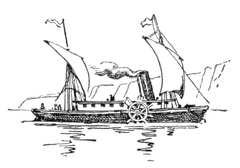 The Clermont
The Clermont



